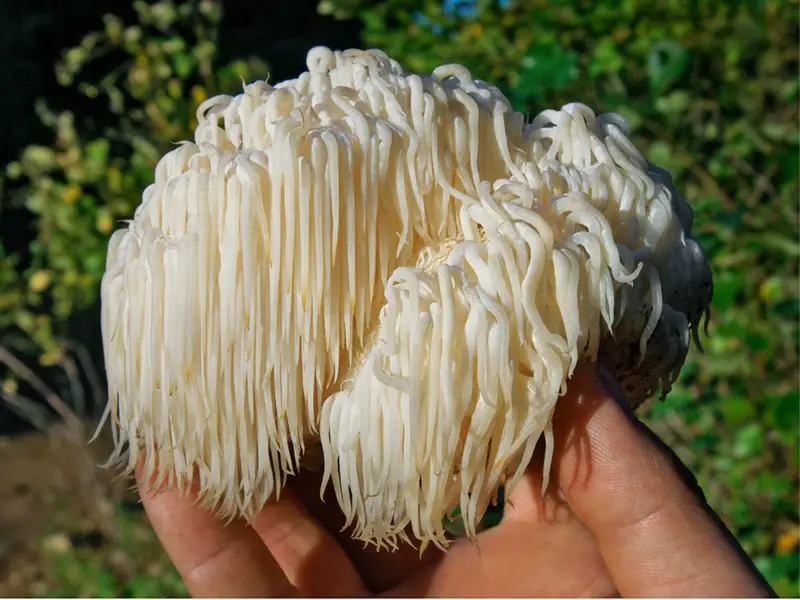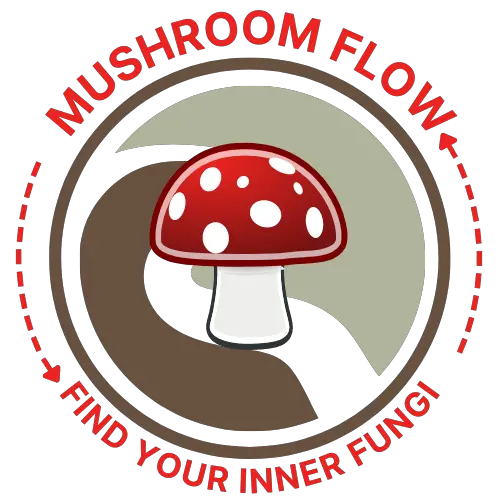Can Mushrooms Produce Sound?
We humans can’t help it: we are enraptured by music. We like to find music in the wind, the birds, the rain, and even the insects. Is there anything that doesn’t produce music? What about mushrooms? They don’t really move and they are leafless, making it improbable for any rustling noises. So, can mushrooms make music?
Mushrooms don’t make any sound audible to human ears. However, recently a few experimental musicians used synthesizers to translate mushrooms’ electrical signals into different pitches to create trance music.
This may sound a bit hard to believe, but we now know that mushrooms’ electrical pulses can be translated into melodies. Read on to learn more about the music of mushrooms!

How Do Mushrooms Play Music?
To understand how mushrooms produce tunes we need to discuss a few nerdy topics: bioelectricity, frequencies, and synthesizers.
Bioelectricity
All living organisms are giant generators. In order to move about or do anything, we need the energy to move through our cells to provide power. To do this, our body needs to produce that energy or bioelectricity.
One of the critical functions of bioelectricity is brain communication. The brain uses neural pathways to send electric signals to different parts of the body. These electrical signals tell our body what the brain wants it to do, and then the body acts. All of these signals happen constantly at lightning speed in each of us.
So what do human electrical signals have to do with mushrooms and music? Well, mushrooms also produce bioelectricity. It is an important ongoing process for the mushroom’s survival. What some musicians have done is tap into the potential of a mushroom’s electric currents to produce sound.
Modular Synthesizer
A modular synthesizer is the next piece of the puzzle. Modular synthesizers are machines that take electric frequencies and turn them into sound by using oscillators, which vibrate, kind of like a guitar string vibrates to produce sound. With a modular synthesizer, you can finetune the frequency you want the oscillator to vibrate.
The frequency matters because different frequencies make up the different musical notes. For example, 440 Hz is an A note, and 260 Hz is a C note. The Hz symbol stands for Hertz (named after the famous scientist who helped invent the unit), while the number in front of the Hz just represents the number of times that the oscillator vibrates per second.
I hope I haven’t completely lost you yet, but I promise that we are almost there. With a synthesizer, you can fluctuate the electrical pulses to produce different frequencies and therefore sounds. Many musicians have used modular synthesizers to create beautiful, unique music.
Synthesizer and Mushroom
What some musicians have done is hooked up different mushrooms to their synthesizers to hear the bioelectricity being produced. All the different signals that the mushroom is trying to send back and forth within its own body can be heard through this device.
It is very fascinating and almost magical to listen to mushrooms’ bioelectricity like in this video by @TarunTspoon retweeted by none other than Paul Stamets himself.
What Does Music from Mushrooms Sound Like?
Let’s check out specific mushrooms and how they sound on the synthesizer!
Lion’s Mane
The Lion’s Mane mushroom has a sinister feeling to its melody. There is a constant deepness, to it with spots of reverberation. It calls to the remembrance of the scenes in mystery novels and movies when hidden things finally come to light. The protagonist finally puts all the pieces together and begins the rush to save the day.
I wouldn’t necessarily call it ‘spine-chilling’, but it definitely isn’t calming. I wouldn’t use it for studying or meditative practice, but it could be used for scary story nights.
Lions Mane Mushroom Talking For Three Hours – YouTube
Oyster Mushroom
The oyster mushroom almost feels more upbeat and conversational, with very quick sounds that sound like raindrops. It feels like it is trying to pass on its song quickly and succinctly but doesn’t know how to do it, as if it is struggling to get the tune out. At moments it is amusingly similar to the Super Mario theme song, which gives me a good chuckle.
Beyond that, the tune is very fun. The quick pace of the oyster mushroom gives specific energy. I wouldn’t listen to it to try and study or meditate, it would definitely be too distracting.
Oyster Mushrooms Talking – YouTube
Cordyceps
Out of the mushrooms mentioned I like cordyceps the best. It isn’t as melodramatic as the lion’s mane or as fast-paced as the oyster mushroom. It is a fun and sprightly song. The different sounds range from medium-paced to fast-paced with twangs of delight. It is as if the cordyceps are trying to be conversational, and jump from topic to topic without much thought to where the conversation is going.
I could see myself just listening to this track over and over again to help me concentrate. It is kind of soothing, similar to listening to people just chat when you are too tired to hear what they are saying.
A Colony Of Cordyceps Talking – YouTube
Final thoughts
Just when it seems like the world of mushrooms just can’t get any wilder, people have to go and help mushrooms find their ‘voice’. Who would’ve thought that mushrooms could not only produce sound but that sound could be considered music?
Who knows where all of this will lead? Maybe someday we will be able to take all of these electrical signals and transform them into a code that we can understand. For now, let’s sit back and enjoy mushroom music!
